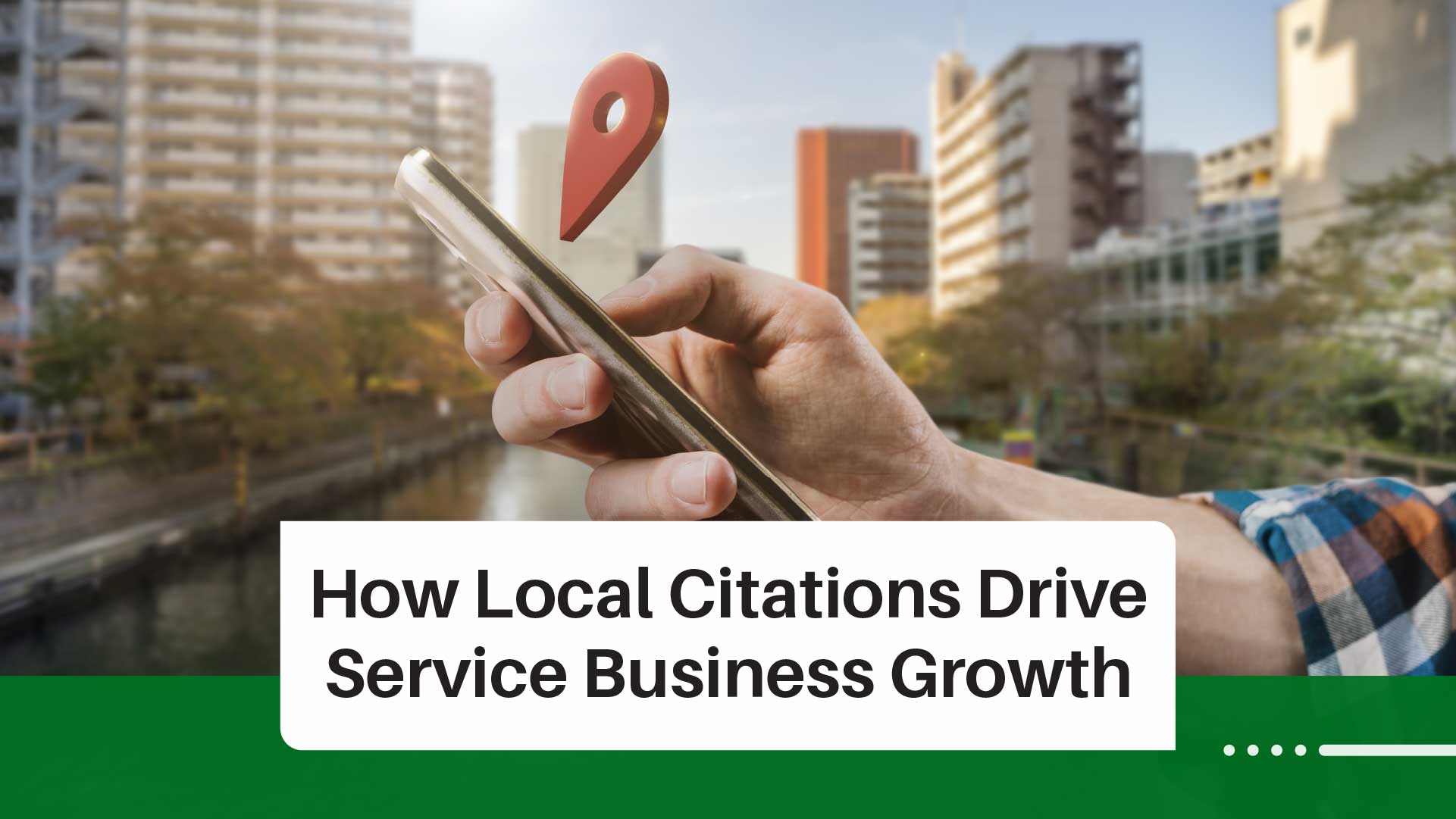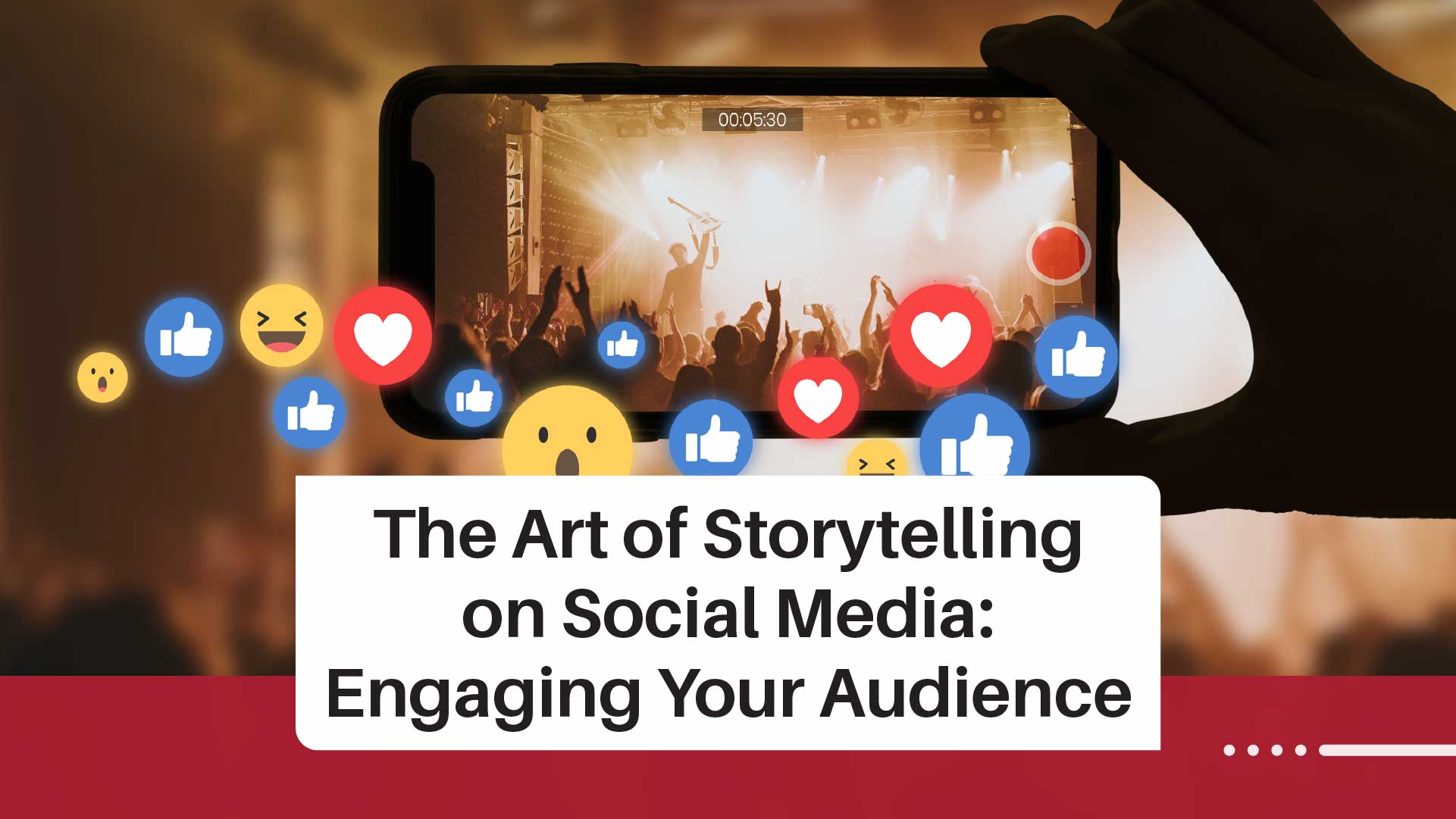If your business is still stuck with traditional marketing (non-digital marketing), this is a stern warning you need to heed. Traditional marketing does not work anymore in today’s modern world.
Excuse the word, but being traditional in marketing may just be a sign of incompetency, or worse, stupidity.
Online is where most customers are. The latest reports placed the ratio of B2B buyers who do research online at 94%. On the other hand, B2C buyers research online 97% of the time before deciding to purchase.
That places your chances of making sales at about 5% because you are stuck with the old ways, and to think that such a small portion is not yours alone. You have to fight with your competitors, and competition is even stiffer than before.
Shift to Online Marketing to Succeed
The better approach for any business nowadays is online marketing, online advertising, and online customer engagement. These new strategies are kicking away traditional practices for good (brochures, mailers, radio, and billboards). That is because, for the most part, they are costly and a waste of resources.
Marketing is telling the world you’re a rock star. Content marketing is showing the world that you are one.
So why send mailers when you can place your ads right in front of customers online? Why spend money on creating brochures that usually end up in the trash when you can attract huge numbers of potential customers to your website online?
Likewise, why put up billboards that only car owners can see when you can attract multiple demographics by content marketing online?
The latest word from Google is that website content, social media content, and advertising content are top factors to rank number 1 in organic searches and search rankings.
Thus, you have no better choice but to put up a website and rank it number 1 in Google to succeed. Remember, the top priority is content, not keywords, not branding, and not links. Other strategies may also be helpful, but building valuable and relevant content should be your top priority. How?
Content Is King
Quality content has been a big deal since Google rolled out an algorithmic update called Panda in 2011. The update’s triggers include elements, such as:
- Duplicate, thin, or low-quality content
- Content that lacks authority or trustworthiness
- Low-quality, user-generated content
- High ad-to-content ratio
- Content farming
Google is still making sense of what it means to generate quality content, but experts say there are indicators for that, including:
- Long-form content – Content that presents topics and ideas in-depth
- Bounce rate – High bounce rates can mean low-quality content.
- Usefulness for queries – content that provides the most standout solution to searchers’ queries
- Page-to-page transition – users that stay longer browsing from page to page of a website means higher rankings for that site.
To check if you have high-quality content on your website, perform a content audit. A content audit will reveal if you miss relevant keywords, or lack of information fails to satisfy queries, or there is something wrong with content formatting.
Content auditing takes only a few steps:
- Extract links on your web page and export them to a file.
- Merge all the files created for the extracted links.
- Review content and modify.
Google is emphatically underscoring that content is the great equalizer. It even added a discussion on EAT (Expertise, Authoritativeness, and Trustworthiness). Check out the inclusion of EAT in their 2018 search guidelines manual.
Influence Google with Your Content
Have you heard about content marketing being the rock star in marketing? In other words, content marketing is your way of showing Google and the people you are targeting that:
- You have the needed knowledge.
- You have the solution.
- The solution to people’s problems is right there in your content, and it is accessible NOW.
If you can come up with that kind of content, Google will not think twice about positioning your website and its pages on SERPs for the keyword you are ranking.
So, what kind of content does Google like? Ask these questions:
- Is my content relevant?
- Is my content valuable?
- Can my content drive profitable customer action?
Relevant Content
How do you know your content is relevant?
Here’s a stat cited by Blue Corona: 34% of business buyers said the leading reason they have limited engagement with B2B vendors is that marketers send them too much irrelevant content.
One way to check if your content is relevant is by gauging customer engagement, and Google can provide the analytics for you about that.
- Do your site visitors read your pages and stay longer on your site?
- Do people share your posts and links across multiple channels?
Now, look at your content and score it based on the ff. criteria:
- Does it provide value for the target market?
- Does it provide solutions to problems?
- Does it address current challenges people face?
- Is the content fresh and free of obsolete information?
Constantly update your content, and when it comes to blogging, be consistent. According to HubSpot, B2B companies that more than ten times per month have three times more traffic than companies that provide fresh content 0 – 4 times a month.
However, fresh content is not all there is to it. Whatever you want to put there, make sure that it is relatable and resonates with your audience.
If you are talking to entrepreneurs, you can talk about long working hours, which leads to low productivity. Talking about drinking coffee too much might resonate with this market segment, too.
For those targeting busy moms, they can post about quick snack ideas, or they can share tips on accomplishing more house chores with a toddler. Find those topics your audience can easily relate to and write about them. Content about sports is not for busy moms. Neither is content about gardening directly relatable to an audience of entrepreneurs working long hours.
If you need more stats to inspire you in creating relevant content, access this HubSpot post on the ultimate list of marketing statistics for 2021.
Valuable Content
Here you ask: What is high-value content?
High-value content is content that gives your readers a key point, fact, or idea to be remembered. You provide a material that has substance for your audience to consume. Your content can be educating, entertaining, or engaging.
Content marketing is your way of showing Google and the people you are targeting that:
- You have the needed knowledge.
- You have the solution.
- The solution is right there in your content and it is accessible NOW.
Educational content
Educational content serves for teaching about a product or service. For example, you are not only saying that your shampoo product is chemical-free. You also talk about common chemicals in shampoos that are harmful to a person or the environment.
Adding that extra info can help your readers avoid shampoos with harmful ingredients the next time they shop.
Entertaining content
The goal here is to evoke emotion. Inspirational quotes, motivating stories, funny memes, and viral videos fall under this category.
Engaging content
Your goal is to get your audience to participate by commenting or sharing their two cents on the topic at hand. Ask questions:
- What’s your take on “pineapple on pizza”? Comment here.
- Schwinn elliptical machines are easy to assemble? Do you agree?
- Britney is pressing charges against her father. On whose side are you?
The possibilities are endless to engage your audience with your content.
The Importance of Content Marketing
Content marketing is the best opportunity for your business to attract, engage, convert, and retain your customers. There are compelling reasons for businesses to invest in this marketing strategy.
Content Marketing Creates Awareness and Attracts Customers
People have no way of knowing you if they do not know that you exist. For people to discover you, the best strategy is to put your content out there.
Have you heard about Ahrefs, a company that helps people get more traffic to their websites? If you are looking for such a solution, likely, you will not search directly for “Ahrefs” as you have not heard about Ahrefs’s tool yet.
However, because Ahrefs’s website has content for keywords “how to increase website traffic” and similar keywords, there is a good chance that you will come across their website if you search using the keywords for which the company’s website ranks. That is how content marketing works for SEO.
Here’s a piece of advice. Create content that is related to the interests of your audience. If it is possible, create personalized content. People love to read content about their interests, and the more personalized your content is, the better.
Besides humanizing your brand, personalization allows you to make people feel closer to your company and core values.
Content Marketing Is the Best Way to Earn Your Industry’s Respect
Competition breeds hostility. But if you can lead the pack for the right reasons, you earn respect rather than breed animosity.
One leading digital marketing agency, Moz, says that building respect and admiration takes time as it also requires earning trust first. Prove to your industry that you have knowledge and integrity.
Specifically, create content to build authority. When you create such content, consider these strategies:
- Create content that answers common questions people ask.
- Present newsworthy research and reports. Get the message across: We keep track of the latest developments and are ready to deliver fresh updates.
- Associate with authoritative brands. Include these brands in your content to show people that industry leaders trust you.
- Share what you know that your audience should also know.
Tell people about your unique experiences and how you have helped others in their quest for a better life. With that, you can make your content shareable and helpful. In return, you boost your authority.
Content Marketing Supports Other Types of Marketing
Create quality content that you can feel confident sharing across multiple channels of marketing. When you are ready with such content, you can think about social media and email campaign integration.
For instance:
We saw your recent post about [topic] and are delighted to let you know we have more tips and tricks you can share with your own audience. In case you are interested, click this link.
Facebook ad
What Is Stopping You from Ranking Number 1 in Google. Read here.
Outreach email
I wonder if you can allow us to post on your site. We have pages with quality content that rank high in Google.
Additionally, we can help boost your keyword ranking. We also use the keywords you are using on your site. Check out this example post.
From social media to email, linking strategies, guest blogging, to forum comments, there are hundreds of ways to integrate engaging, relevant, and helpful content.
Content Building Strategies
To create great marketing content, refer first to the core mission and value of your company. What problems are you trying to help people about? That is the reason you are creating content.
Define Your Goal
Every content marketing campaign starts with a goal. What is your gauge for success? Is it increased traffic? App downloads? Social shares? Etc. Understanding the objective of your campaign early on can help guide you on the decisions you will make down the road.
Find the Right Audience
Do the following:
- Check your current base of customers. Also, check your competitor’s customers.
- Analyze customer demographics. Who can benefit from using your products?
- Analyze your products. Are your products the best solution for your chosen demographics?
Create Interesting Content
Here are a few tips:
Write catchy headlines that generate curiosity and interest.
You can include keywords sparingly. Experiment with high-intent keywords to put in your titles.
Be interesting.
Always ask the question, why should people read my text? Perhaps you always have something new to say or a great idea to impart. Or is it the way you express things that holds your readers' attention and keeps them coming back for more?
Avoid fluff. It can dampen the interest of your audience.
Make Your Content High on Readability
Quality content is readable content. You want your readers to experience ease in reading and not be confused.
Use short paragraphs
Short sentences are more urgent. With shorter paragraphs to read, your readers can concentrate on the point you are trying to make in one or two sentences.
Long paragraphs bore readers.
Put information in bullet points.
Use adverbs sparingly
Adverbs are often long words to read. Instead of occasionally, you can use the phrase “now and then.”
Cut long sentences into shorter sentences
Long sentences are vulnerable to grammar mistakes and can easily confuse.
Make Your Content Actionable
For many readers, the best content is content that gives them a sense of using your material. Such a strategy honors your readers and gives them confidence that they know they can use your content to take some action.
With your content, give your readers helpful advice and suggest better ways of accomplishing their daily tasks.
Conclusion
As a marketer, you should connect with your audience in a meaningful way, and your most powerful tool for achieving that is through your content.
So when you make a video to tell your story, you think about the benefits and welfare of your audience. When you craft your ads, you would choose words and strategies that will help inspire your target market.
Overall, your audience is the reason why you are doing business. Make sure that you do not create the impression that you are out there only for profit.





